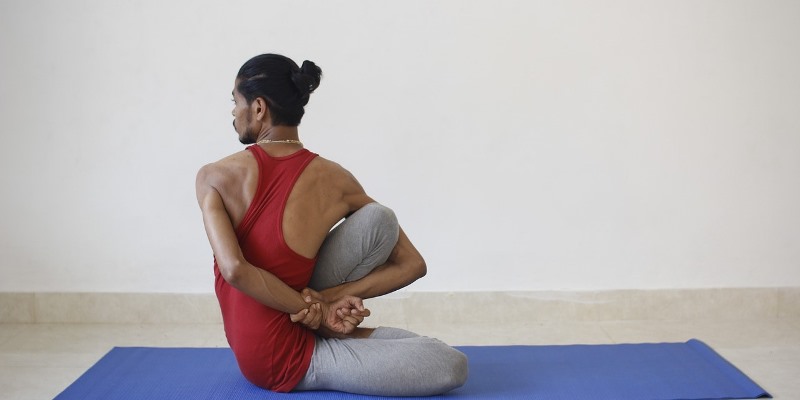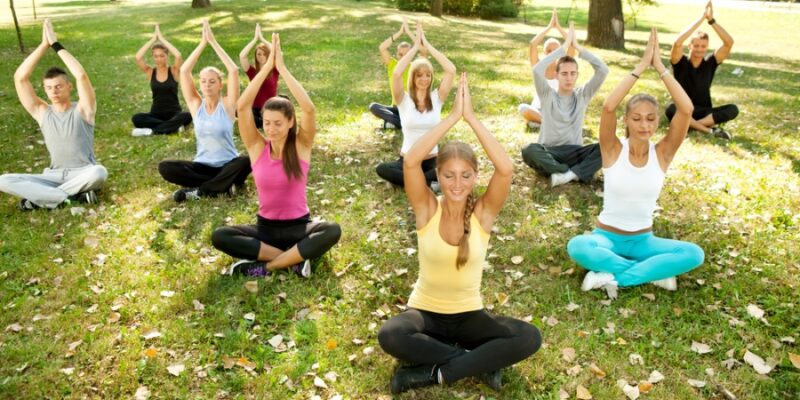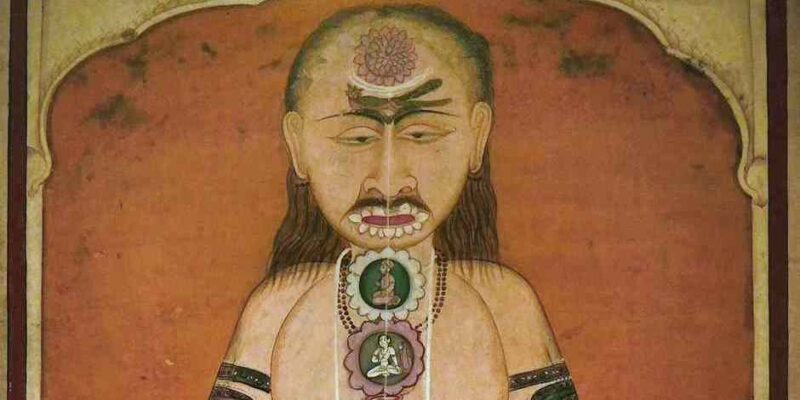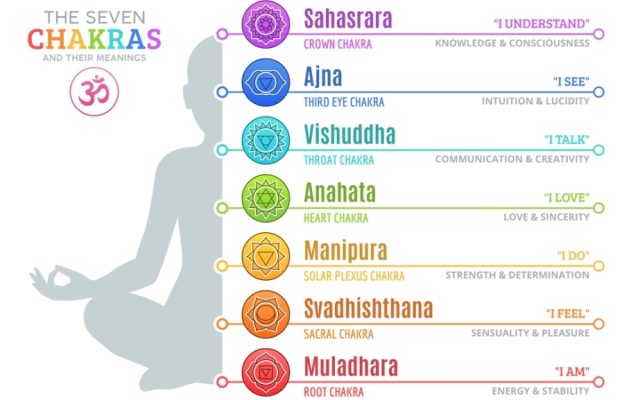
Sivananda Yoga was founded in 1957 by the Indian Yoga Guru Vishnudevananda (1927 – 1993).
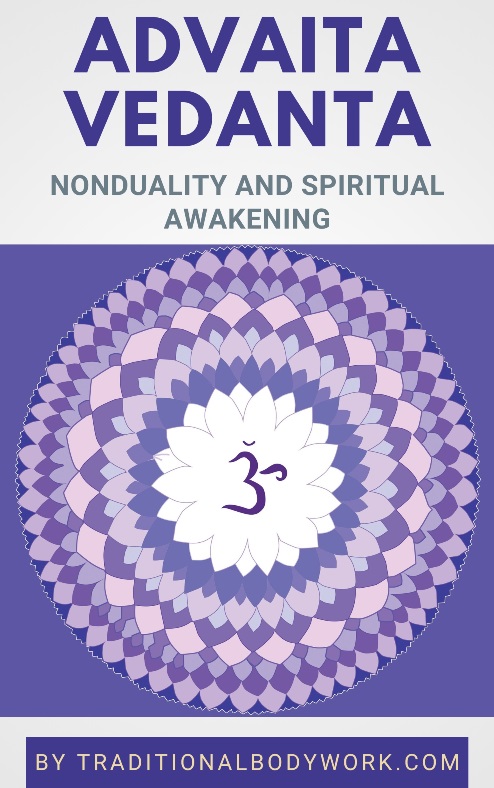
He created this Yoga system based on the teachings of his own Guru — Sivananda (1887 – 1963) — who was also a Hindu spiritual teacher and a proponent of Vedanta.
The goal of Sivananda Yoga is to practice and teach Yogic knowledge which enables students to reach health, peace, unity in diversity, and Self-Realization.
The practice of Sivananda Yoga makes use of the principles of the four classical paths of Yoga — Karma Yoga, Bhakti Yoga, Raja Yoga and Jnana Yoga. It also emphasizes the so-called Five Points of Yoga, as described by Vishnudevananda.
Let’s take a look at the Five Points:
1. Proper Exercise (Asanas)
Sivananda Yoga identifies a basic groups of 12 important Asanas (Yoga postures), which should be the first ones to be mastered by the students before adding others into their practice. The Sun Salutation sequence (Surya Namaskar) is also used together with these 12 main poses; this practice has the goal of keeping the body healthy, flexible and strong.
2. Proper Breathing (Pranayama)
Proper breathing is about making use of breathing exercises, which are meant to connect the body to the solar plexus (where our vital energy is stored) and it’s also considered a powerful tool to overcome stress and depression.
3. Proper Relaxation (Shavasana or Savasana)
Proper relaxation makes use of the Shavasana Yoga posture, aka Corpse Pose, to relieve the body and mind of stress, that way regulating and balancing our energy and improving our physical and mental health.
4. Proper Diet
A proper diet is a vegetarian one, based on sattvic foods, which are seasonal foods like fruits, nuts, seeds, oils, vegetables, legumes, whole grains, and milk. Foods like spices, fish, tea, coffee, and chocolate (considered Rajasic foods – stimulants); as well as meat, alcohol, onions, and vinegar (considered Tamasic foods – sedatives) should be avoided.
5. Positive Thinking and Meditation (Vedanta and Dhyana)

Based on Vedantic philosophy that teaches the oneness of consciousness, this point focuses on helping students to eliminate negative thought patterns and achieve inner peace by controlling the mind through Dhyana (meditation).
Vishnudevananda is considered the first to establish Yoga teachers’ training courses in the West, and also of creating the concept of “Yoga vacations.” Nowadays there are Sivananda Yoga Vedanta centers across the world, promoting Sivananda Yoga and offering a range of teacher trainings and other programs.
Unfortunately, there are a series of allegations of sexual abuse against Vishnudevananda, which still haven’t been fully investigated by any organization or company associated with the Sivananda executive board.








